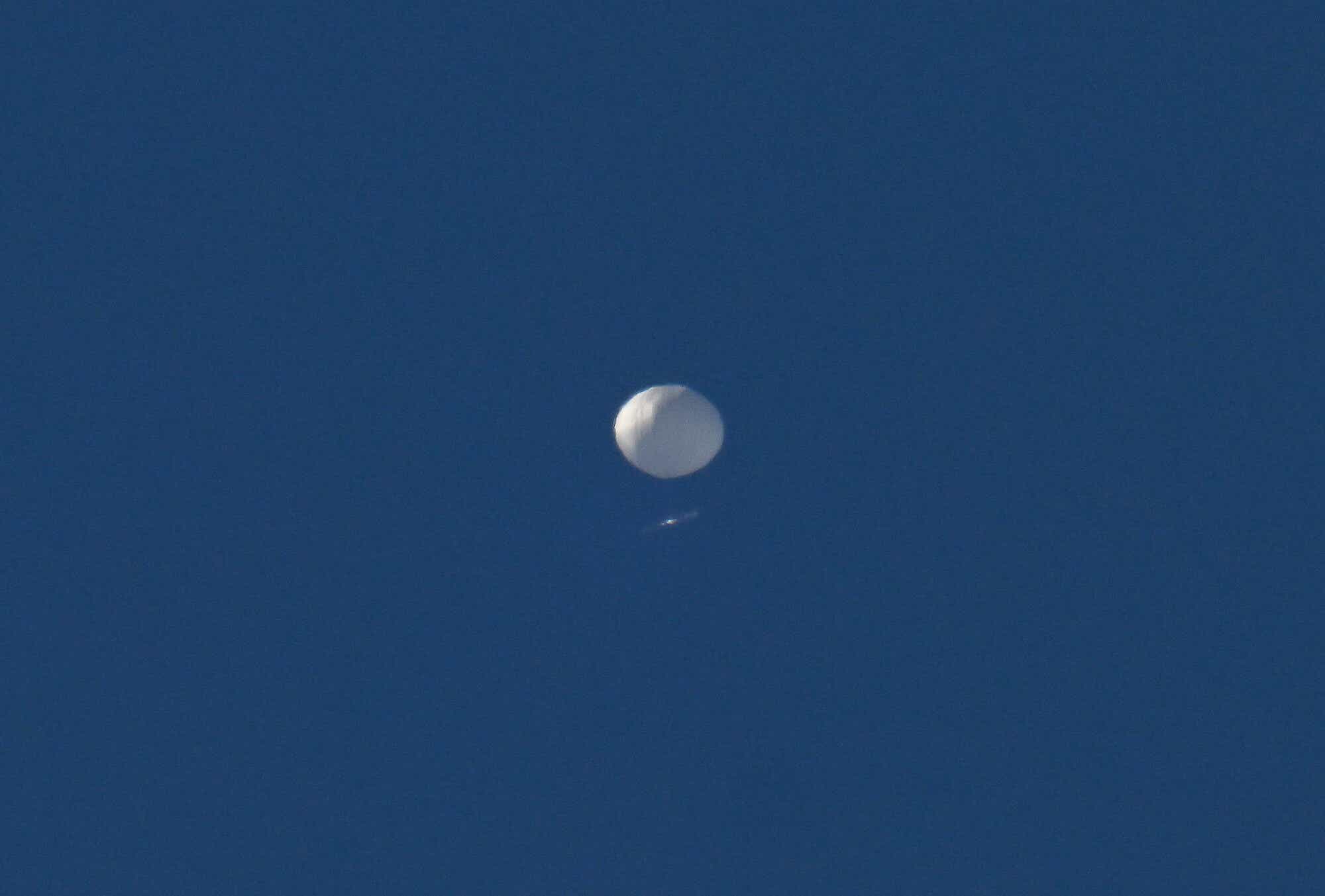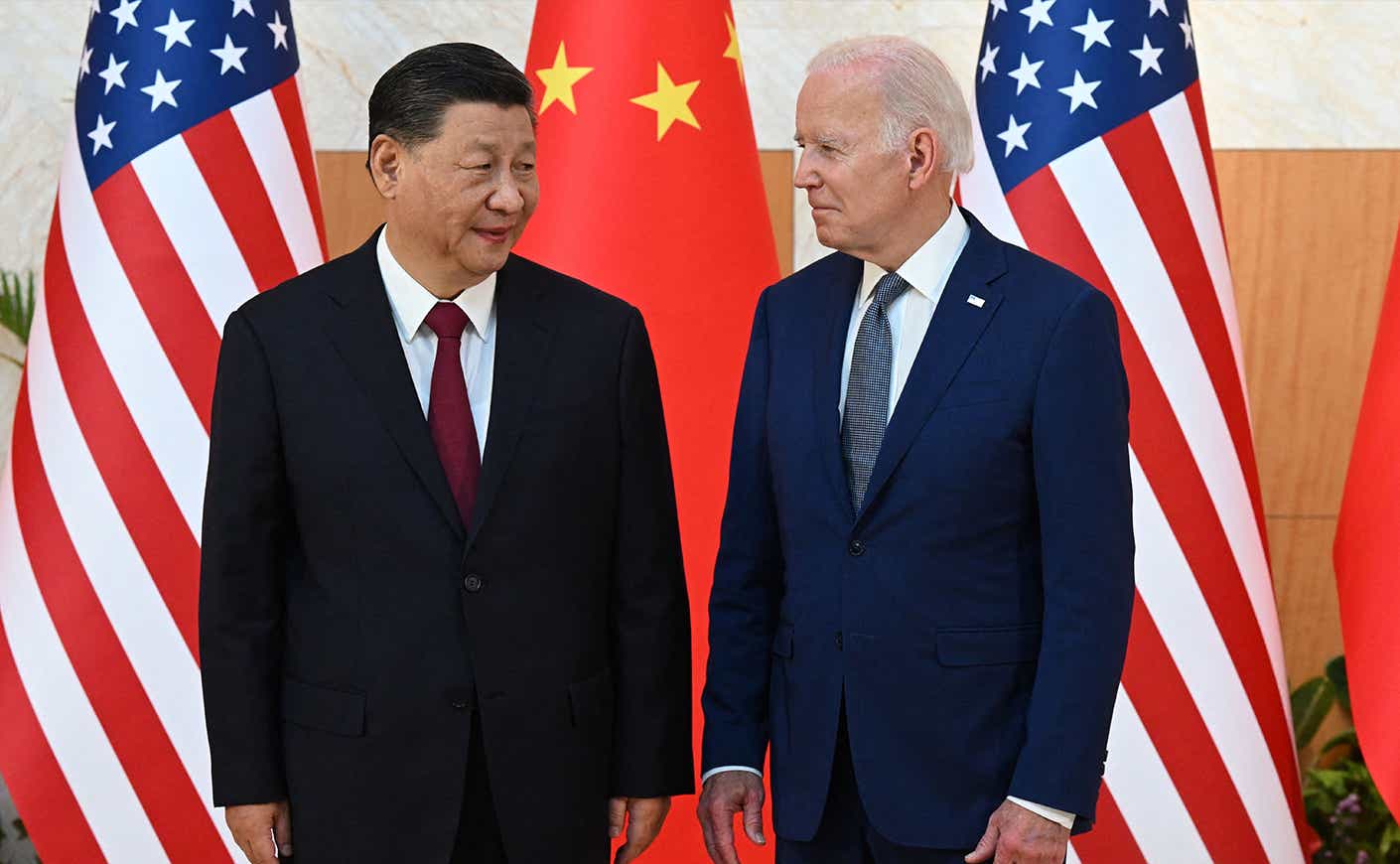Who would have thought that what has become one of the most dramatic clashes between the U.S. and China in years revolves around an oversized, unmanned balloon?
It’s true — an American fighter jet shot down a Chinese spy blimp roughly the size of three school buses on Saturday over the coast of South Carolina, but not before it drifted across the U.S. for a week. At one point, the mysterious white object was even spotted by people on the ground as it passed over the Midwest (more on that later).
China, of course, wasn’t happy with the move, even going so far as to call it an “excessive reaction” to what it claimed was just a weather balloon that had simply drifted off course. Then on Monday the country claimed a second balloon flying over Latin America, but said it was being used for civilian flight tests.
As if this wasn’t enough drama, Secretary of State Antony Blinken canceled a highly anticipated trip to Beijing on Friday, which would’ve been the first such trip of someone in his position in six years. To catch you up to speed, here’s what we know, and what it means for already frayed U.S. and China relations.
Where did the balloon go?
The Pentagon first detected a “high-altitude surveillance balloon” in U.S. airspace in Alaska on Jan. 28. After briefly bouncing into Canadian airspace, it reentered the U.S. through Idaho three days later and spent the rest of the week traversing the country. But officials didn’t get alarmed until the suspected surveillance device made its way into Great Falls, Montana last Wednesday. The city happens to be home to Malmstrom Air Force Base, which is home to some of the U.S.’s nuclear missile silos. That’s when officials started weighing military actions following an order by Biden.
Ultimately, they thought it best not to act, because it was believed such a move could lead to falling debris and pose a safety hazard to Americans on the ground. The balloon would go on to float across parts of the midwest, including Kansas and Missouri, then finally the U.S. military seized the opportunity to take it out as it drifted over the Atlantic, off the South Carolina coast. The Federal Aviation Administration grounded three airports in North and South Carolina to keep the skyways clear ahead of the operation before restarting operations shortly after the balloon was shot down.
Now, Navy and Coast Guard vessels are on the scene, collecting any leftover debris at the bottom of the ocean. Nearby residents have also been put on alert for balloon pieces that may wash ashore.

Did the balloon pose any threat?
Though the Pentagon initially ruled that the balloon didn’t pose any military or physical threat on the surface, the balloons got near some sensitive military sites. But Defense Secretary Lloyd Austin said on Saturday the U.S. military was able to gain “valuable” military insights by studying the balloon as officials waited for it to float safely over a body of water to be shot down.
Nevertheless, Republicans blasted Biden for his decision to wait on destroying the balloon. “We should never have allowed it to transit the entire continental United States,” said Republican Tom Cotton, a member of the Senate Armed Services Committee.
Given all this hullabaloo, you’d think something like this would have never happened before, but the reality is that it has, on more than one occasion. Similar balloons were detected and reported at least three times during the Trump administration. Some — including ones that flew over Florida and Texas — weren’t even detected until after he left office. Former President Trump, meanwhile, has denied these reports as “fake disinformation.”
What does it mean for U.S-China relations?
The discovery of the suspected surveillance balloon has sparked a diplomatic crisis between the U.S. and China. Blinken said the surveillance balloon in U.S. airspace marked “a clear violation of U.S. sovereignty and international law.”
Meanwhile, China has suggested that it could retaliate somehow against America’s actions, with China’s foreign ministry saying the country “retains the right to respond further.” But some experts say it’s unlikely that Chinese officials will actually do anything, given that President Xi Jinping has been trying to ease tensions with Western powers, including the U.S. After all, before Blinken canceled his trip, the two countries had planned on working out a wide range of issues, including technology bans and a tense standoff over influence in Taiwan.
“It would be a very poor strategic move on the part of China to really make a big deal out of this,” Oriana Skylar Mastro, a fellow at Stanford University, told The New York Times. “The more they huff and puff, the more it reduces the credibility of their story that this was a civilian weather balloon blown off course.”









